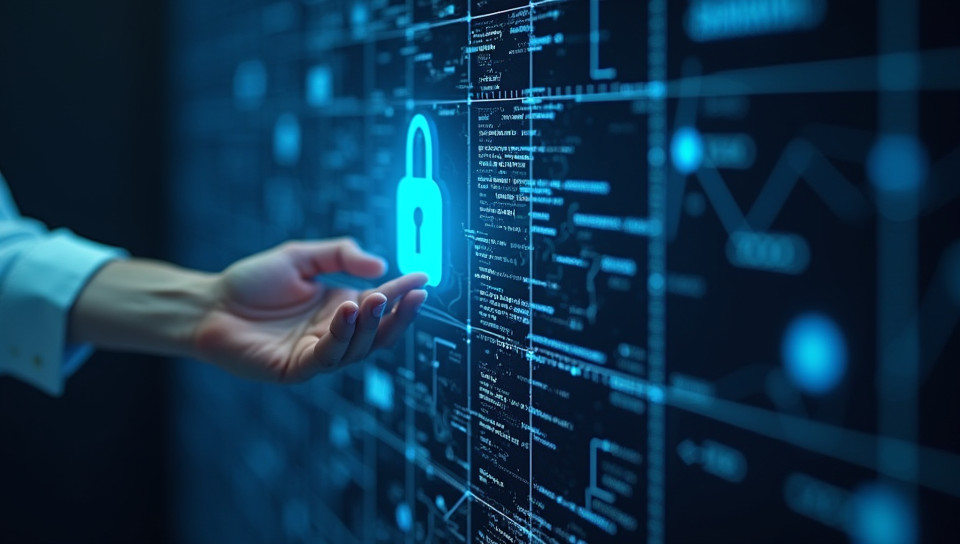Data security is a concern in smart homes 50%

The Dark Side of Convenience: Data Security Concerns in Smart Homes
As we increasingly rely on smart home devices to make our lives easier and more convenient, a growing concern has emerged: data security. With each new gadget and innovation, the potential for cyber threats and vulnerabilities grows, leaving homeowners vulnerable to hacking, identity theft, and other malicious activities.
The Risks of Connected Devices
The Internet of Things (IoT) has revolutionized the way we live, work, and play, but it also brings a host of risks. Smart home devices, such as thermostats, security cameras, and door locks, are connected to the internet, making them potential targets for hackers.
- Data breaches: Connected devices can collect sensitive information about our daily routines, habits, and preferences.
- Malware and ransomware: Hackers can use vulnerabilities in IoT devices to spread malware or ransomware, compromising the entire network.
- Unauthorized access: Cybercriminals can gain access to smart home systems, allowing them to control lights, locks, and other devices remotely.
The Impact of Data Breaches
A data breach in a smart home system can have devastating consequences. Personal information, such as passwords, credit card numbers, and location data, can be stolen and used for malicious purposes. Additionally, the risk of identity theft and financial loss increases significantly.
- Loss of personal data: Sensitive information, such as medical records or financial documents, can be compromised.
- Financial losses: Identity thieves can use stolen credit card information to make unauthorized purchases.
- Emotional distress: Victims of data breaches often experience significant emotional distress and anxiety.
Protecting Your Smart Home
While the risks associated with smart home devices are real, there are steps you can take to protect your data and prevent cyber threats. By being aware of the potential vulnerabilities and taking proactive measures, you can ensure a safer and more secure smart home environment.
- Use strong passwords: Choose unique, complex passwords for each device and change them regularly.
- Enable two-factor authentication: Add an extra layer of security by requiring a second form of verification before granting access to your system.
- Regularly update software: Keep your devices up-to-date with the latest security patches and firmware updates.
Conclusion
As smart home technology continues to evolve, it's essential to prioritize data security. By understanding the risks associated with connected devices and taking proactive measures to protect our personal information, we can enjoy the benefits of a convenient and automated lifestyle while minimizing the potential for cyber threats. Don't compromise your safety and security – take control of your smart home today!
- Created by: Maria Ortiz
- Created at: Dec. 23, 2024, 3:03 p.m.
- ID: 17072




